Why is it important to plant native?
Native plants have evolved alongside local soils, climates, and pollinators, making them low-maintenance, drought-tolerant, and beneficial to the environment. They provide essential food and habitat, while also improving soil health and preventing erosion. Unlike non-native and invasive species, which disrupt ecosystems and offer little ecological value, native plants work with nature, not against it.
Beyond their ecological benefits, native plants can also be beautifully ornamental. Many species feature vibrant flowers, unique textures, and striking seasonal color changes, making them perfect for landscaping, formal gardens, and even HOA-compliant designs. With thoughtful selection, native plants can be both visually stunning and ecologically responsible, proving that a sustainable landscape doesn’t have to sacrifice aesthetics.
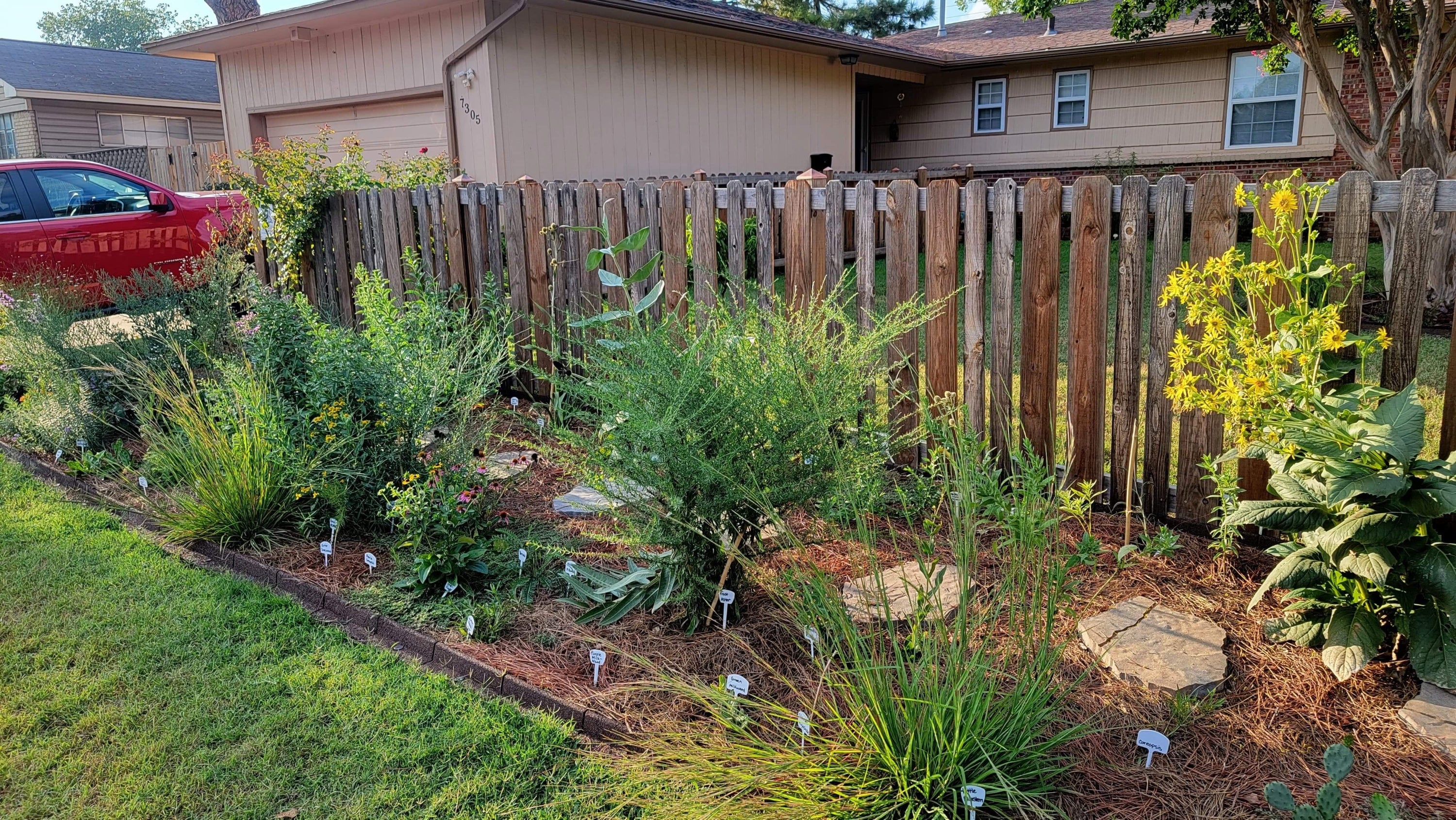
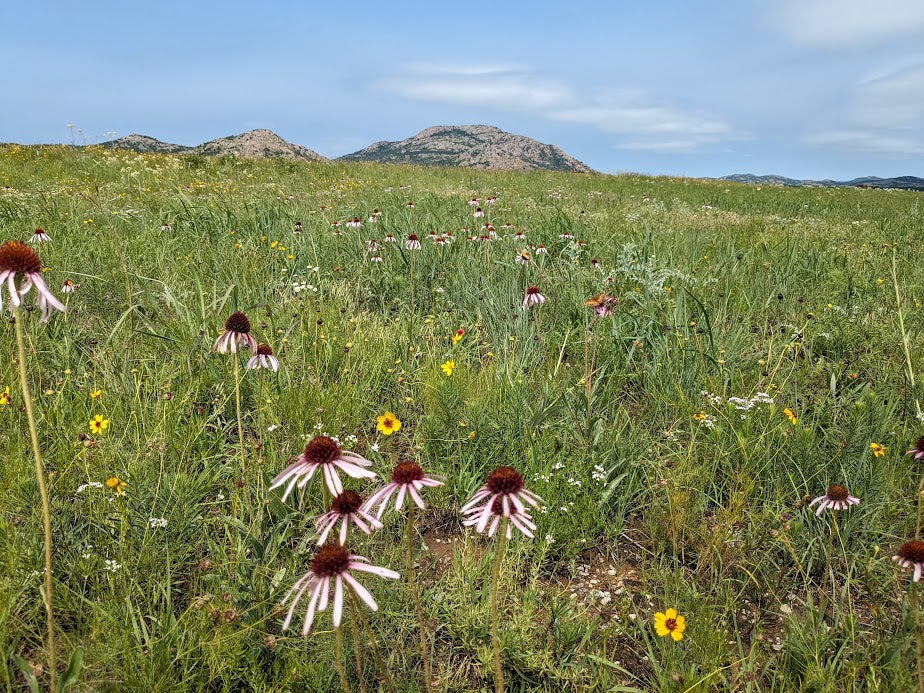
Growing up I always heard, "Oklahoma is boring... Kansas, Nebraska - boring. It's nothing but flat land for miles. There
are no trees, no mountains, just emptiness. But the older I got, the more I realized this land is anything but empty.
For thousands of years, fire and bison shaped this vast ecosystem, deep-rooted plants held the soil together, and fed generations of humans, wildlife and pollinators. It was a world alive with movement, sound, and resilience - one of the most diverse ecosystems on the planet. A land that, even now, holds more biodiversity than the Amazon rainforest. Beneath the surface, beneath the endless sky, life flourishes - hidden, intricate, and deeply connected. From towering grasses to delicate blooms, from soil microbes to soaring raptors, this prairie is a masterpiece of ecological complexity.
And yet, we have erased it. Today, less than 4% of the original tallgrass prairie remains. What was once an unbroken sea of grass, rich with life, has been plowed under, replaced by endless rows of crops and housing additions. Most of it has been converted to farmland, now known as "America’s breadbasket." The prairie, once stretching to the horizon, has been reduced to fragments isolated patches clinging to existence in a world that has forgotten them. The grasses that once pulled carbon from the sky are disappearing. The butterflies, the birds, the life that depended on them - vanishing.
But it doesn’t have to be this way. The prairie isn’t gone - it’s waiting. Waiting for us to remember. Waiting for roots to sink deep, for wildlife and pollinators to flourish, for soil to breathe again.
By planting native species, you’re not just filling a garden. You’re restoring a world. You’re giving life back to a land that has given so much. You’re reviving an ecosystem - one plant at a time.

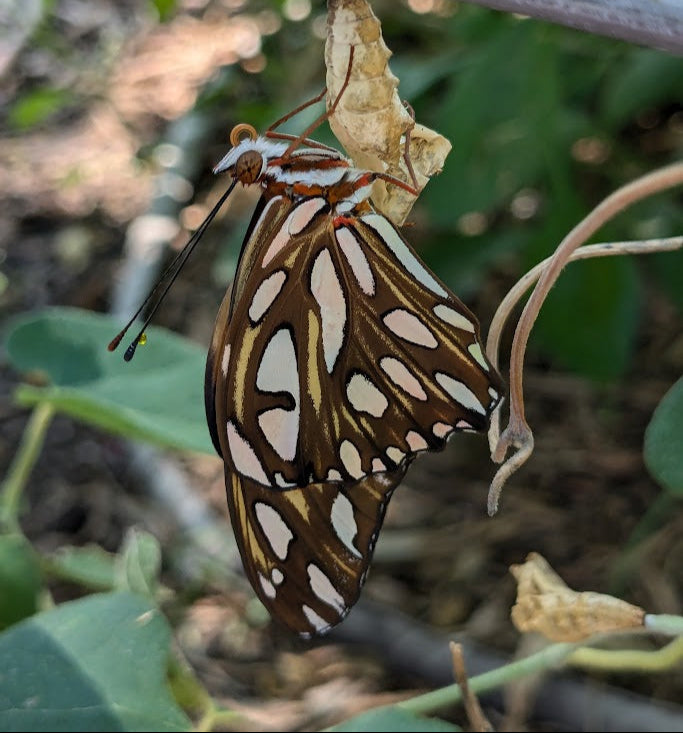
Pollinators
Pollinators are essential to ecosystems, ensuring the reproduction of countless plant species and supporting the wildlife that depends on them. Native bees, butterflies, moths, and other pollinators have evolved alongside native plants, forming intricate relationships that sustain biodiversity. But not all pollinators contribute equally—while European honey bees get most of the attention, they compete with native pollinators for resources, often outnumbering and displacing the species that play a crucial role in maintaining healthy, balanced ecosystems.
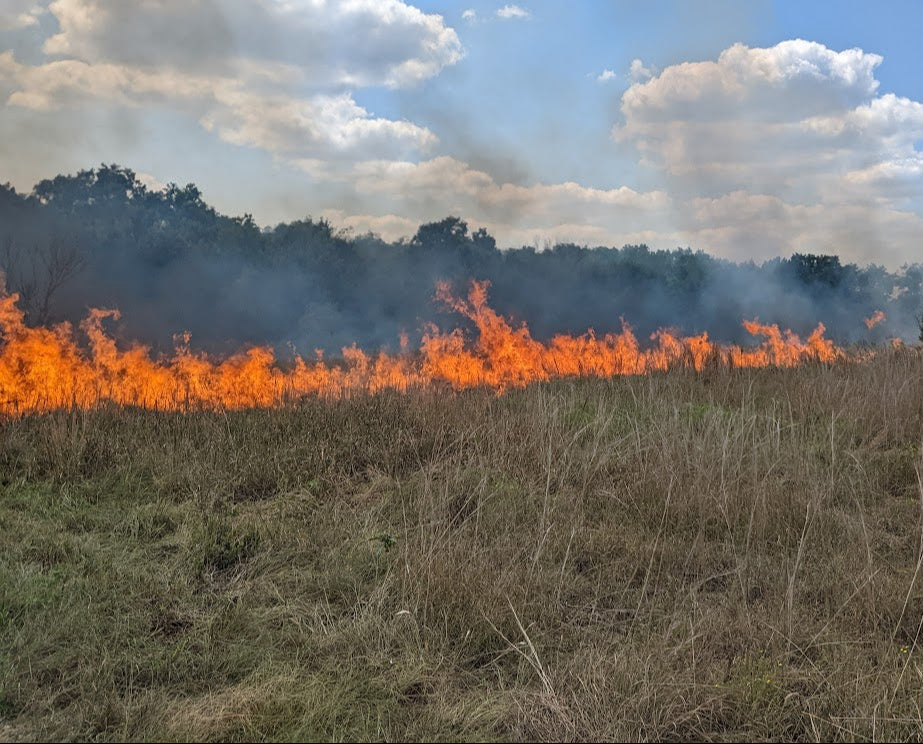
Fire
The absence of prescribed fire has allowed trees, shrubs and invasive species to overtake prairies and grasslands, choking out native plants and reducing biodiversity. Without fire to clear the land and recycle nutrients, native grasses and wildflowers struggle to compete, transforming landscapes and diminishing habitat for pollinators and grassland wildlife. The loss of fire also reduces carbon sequestration and allows thatch to build up, creating excess fuel that increases wildfire risk. Fire is also essential for the survival of many native plant species. Some seeds require fire to break down tough seed coats or create the right conditions for germination. Without it, these species remain dormant, unable to establish. With the removal of thick layers of thatch, it allows sunlight to reach the ground and trigger long-buried seeds to sprout. Without periodic burns, many fire-adapted plants struggle to reproduce, further accelerating the decline of prairie ecosystems.
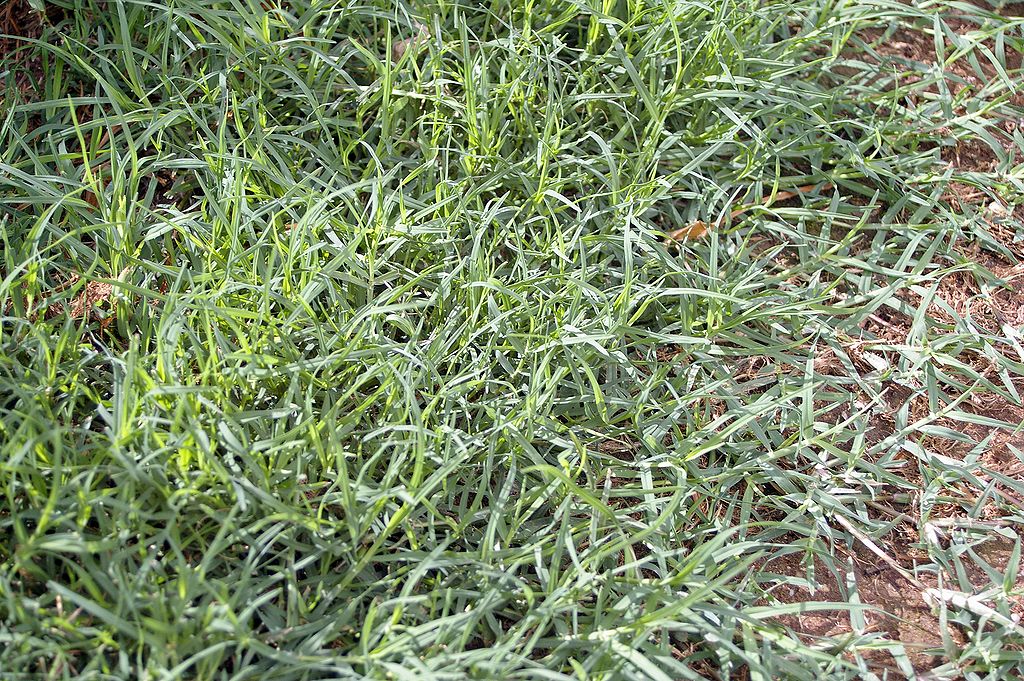
Invasive plants
Invasive species outcompete native plants, disrupt food chains, and alter ecosystems. They often require constant maintenance to control their spread. Unlike native plants, they offer little benefit to pollinators and wildlife. Bermuda grass is one of the worst offenders—its dense, mat-forming growth smothers biodiversity. Yet, it remains the default choice alongside highways and new developments. Cheap and fast-growing, it creates a sterile, high-maintenance landscape that offers little ecological
value.
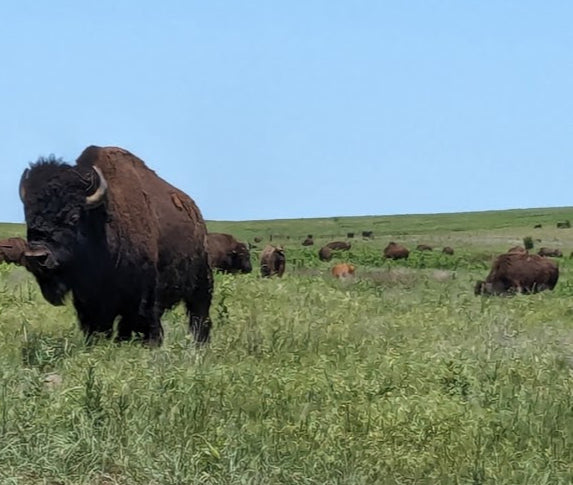
Need Inspiration?
A trip to the Joseph H. Williams Tallgrass Prairie is what inspired Painted Prairie Nursery. It is uniquely beautiful every month of the year.
